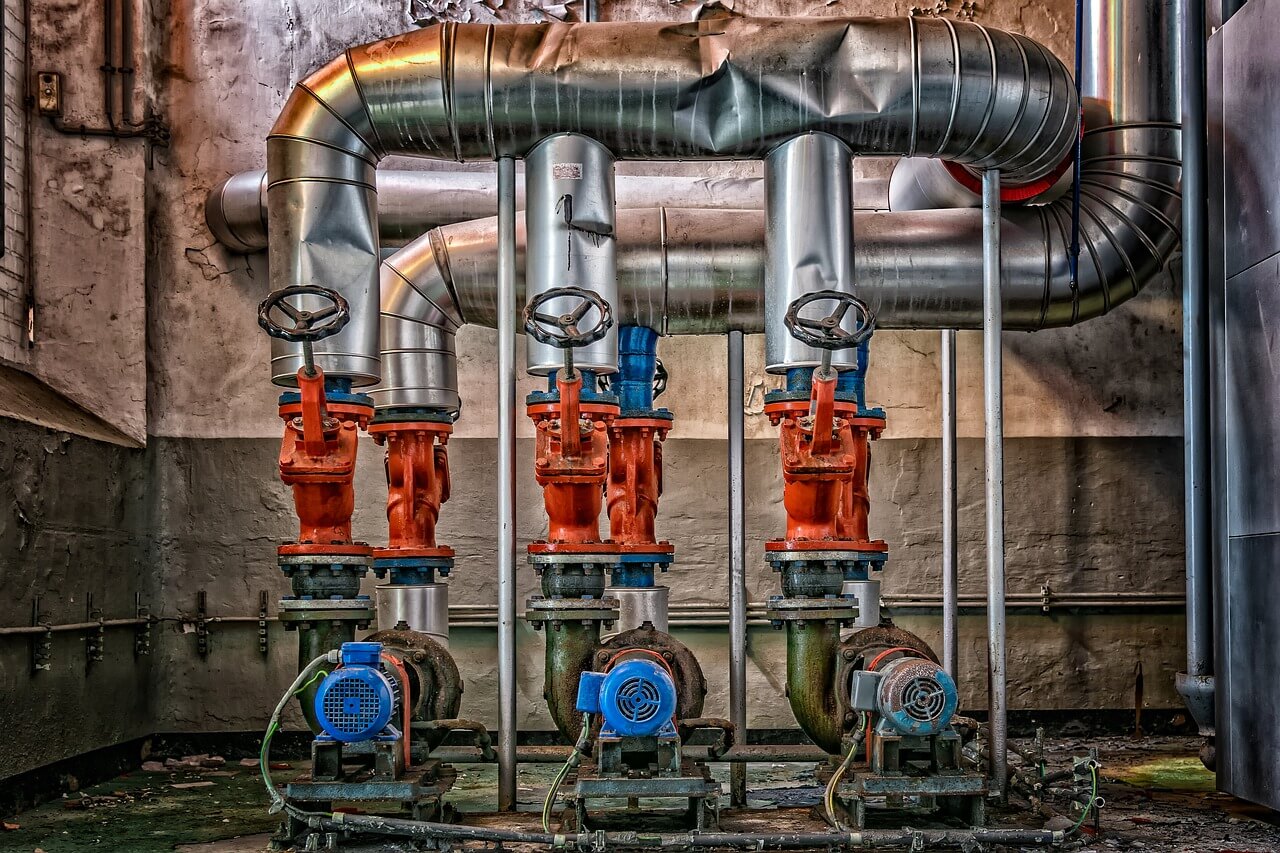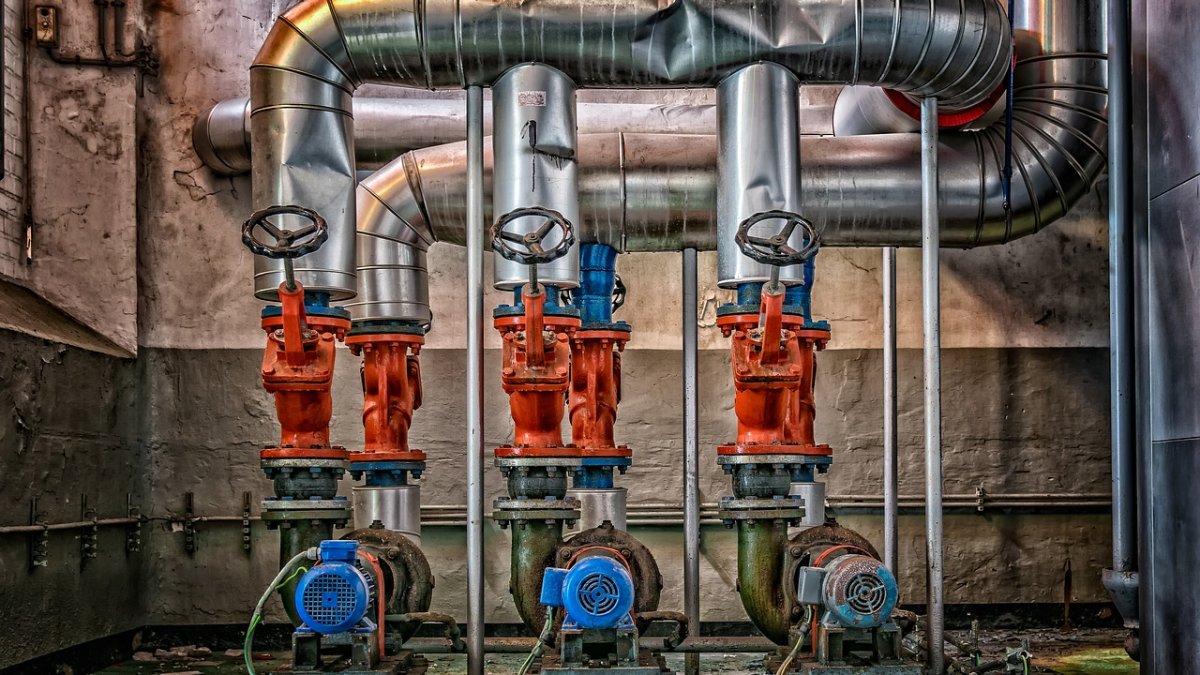
There’s no doubt that a dehumidifier is a beneficial approach to enhance your home’s air quality. These little but potent appliances function by lowering the amount of moisture in the air, and if you’re acquainted with allergies, you know that high-moisture settings are extremely conducive to the formation of obstinate mold and mildew. Check out pomwaterproofing for more information.
Additionally, the finest basement dehumidifier can efficiently help fight off moisture-loving dust mites that may induce the most painful allergy symptoms. These allergies may be the reason why you regularly have a stuffy nose, itchy eyes, or suffer from regular sneezing.
But not all dehumidifiers are made equal, and some types are best-suited for basements than others. Achoo Allergy is on hand to assist you to pick the correct basement dehumidifier, depending on your individual demands, space, and personal preferences. Use this useful, in-depth dehumidifier selection guide to guarantee that you’re selecting a device that will efficiently remove the moisture from your basement. Regardless of whose type or design you pick, you want to make sure that you’re maintaining your basement at the appropriate humidity range of 40 to 50 percent.
Water Damage, Mold, and Your Health
Dehumidifiers help eliminate excess moisture and water damage inside the house, which makes it easier to breathe. Dehumidifying also helps avoid mold, mildew, and even dust mites from spreading throughout the property. This is a crucial preventative precaution, considering that mold is attracted to many common construction materials, such as ceiling tiles, wood, neon aesthetics, and wood products.
According to the CDC, exposure to wet, moldy surroundings may cause a number of health concerns that vary from minor symptoms, such as a stuffy nose or wheezing, to more severe symptoms such as fever, shortness of breath, and the development of asthma in children.
How Dehumidifiers Free a Space of Moisture
Dehumidifiers vary in size from portable, one-room devices to whole-house systems that integrate into the home’s HVAC system. Though there are variances in product design and quality, the majority of dehumidifiers operate in the same manner. You set the desired humidity level, and when the humidistat records a value greater than your setting, the dehumidifier activates.
Moisturized air is drawn through the device by a fan and passed over a cold metal coil. The moisture condenses into water, which the machine either stores within or drains out. After passing through a heated coil, the filtered air is returned to the conditioned area of the house. The owner just needs to drain any gathered water on a regular basis.
How to Select the Appropriate Dehumidifier for Your Residence?
Room Dimensions
Basement dehumidifiers are generally categorized according to their coverage area in square feet. You’ll want to purchase a dehumidifier whose coverage range corresponds to the size of your basement. To calculate the area to be dehumidified, measure the total area in square feet, including stairwells, crawlspaces, and closets.
Generally, you can purchase a dehumidifier in a size that enables you to install one unit to cover the whole basement. Having said that, if you desire a narrower coverage area, you may double or triple the number of dehumidifiers. Indeed, we propose that each room be equipped with a dehumidifier to achieve optimal moisture absorption.
Moisture Content
When selecting a proper basement dehumidifier, room size is not the only factor to consider when determining capacity. If your home is mildly damp—there is a tiny musty odor but very little dampness on the floor—you will most probably be able to get away with a model that matches your square footage. If, on the other hand, you’re dealing with excessive moisture and have detected water accumulation on the floor or find that clothes and other objects feel damp to the touch, you may want to consider a model intended for a bigger area that can double as a dehumidifier.
Dehumidifiers for the Whole House vs. Portable Dehumidifiers
We strongly advocate investing in a whole-home dehumidifier in certain regions and circumstances when excessive, uncontrolled moisture is a worry. Unlike portable dehumidifiers, whole-house dehumidifiers enable automated humidity management throughout your home.
These devices are up to four times more energy-efficient than portable models but are much more costly in the beginning.
Preference for Water Removal
Prior to purchasing a dehumidifier, you should weigh the two most prevalent methods of water removal: pumps and gravity-powered elimination dehumidifiers. Portable dehumidifiers—or those that remove moisture using gravity—are a practical alternative. These function by dripping water into a neighboring sink or gravity drain through a drain hose, obviating the need for a water reservoir.
Pumping dehumidifiers are handier since they remove water mechanically in locations where gravity is not an option. The majority of our dehumidifiers have an additional or integrated pump, which eliminates the need for manual water dumping.
Additional Considerations
There are a few other factors to consider while selecting a basement dehumidifier. You’ll want to examine factors such as whether or not noise is an issue (for example, if a running machine in the basement does not disturb those above, noise levels are irrelevant), as well as energy usage.
Dehumidifiers are available in power ratings ranging from 50 to 800 watts, with larger wattage units requiring more energy and increasing your energy cost. We strongly suggest investing in an Energy Star certified dehumidifier to guarantee that your energy usage is kept to a minimum while maintaining a dry basement.
Henrik Langley
Related posts
Stay connected
Today's pick
- Things to Remember While Designing Your Custom Modular Kitchen in GurgaonGurgaon now known as Gurugram is the second largest city in the state of Haryana and is a reflectiossn of an ideal modern city with futuristic goals. Witnessing rapid urbanization, it has also emerged as a hub for contemporary homes, with homeowners seeking innovative and... The post Things to Remember While Designing Your Custom Modular […]

